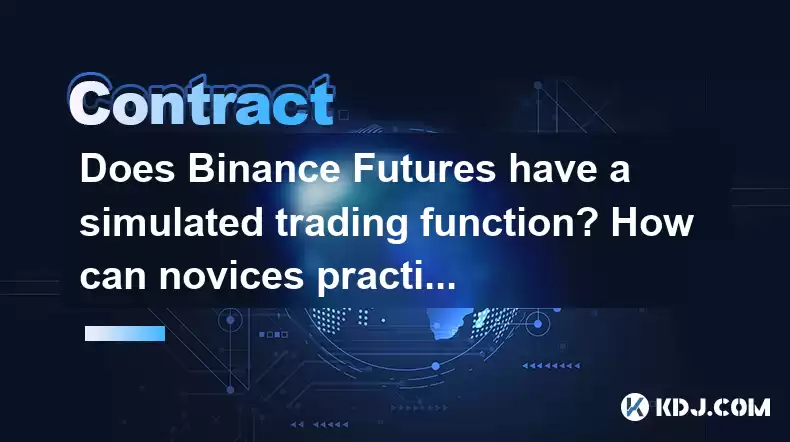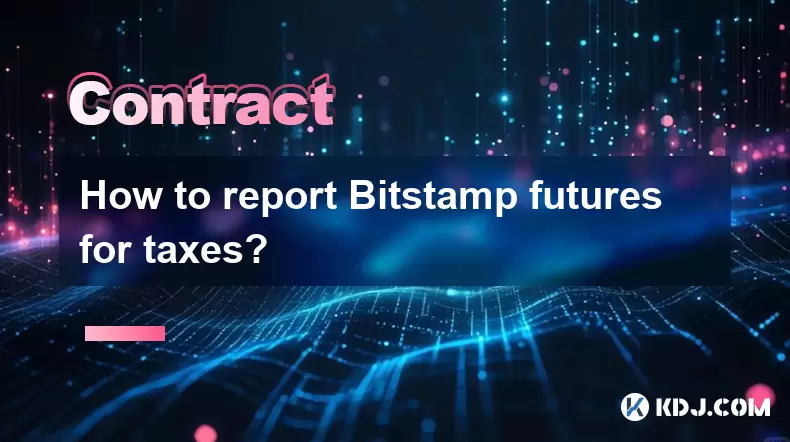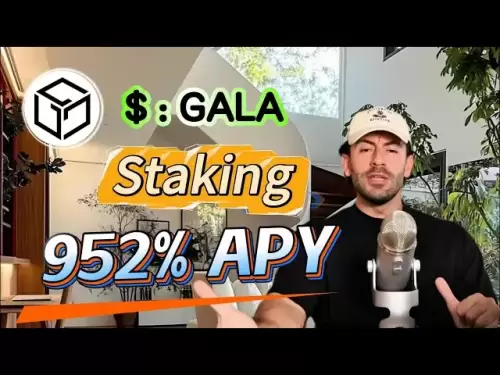-
 Bitcoin
Bitcoin $114500
-0.31% -
 Ethereum
Ethereum $3648
1.11% -
 XRP
XRP $3.033
-0.27% -
 Tether USDt
Tether USDt $0.9999
-0.01% -
 BNB
BNB $758.5
-0.32% -
 Solana
Solana $167.5
1.48% -
 USDC
USDC $0.9998
-0.02% -
 TRON
TRON $0.3331
0.74% -
 Dogecoin
Dogecoin $0.2039
0.25% -
 Cardano
Cardano $0.7419
-0.46% -
 Hyperliquid
Hyperliquid $39.21
2.66% -
 Stellar
Stellar $0.4049
-1.95% -
 Sui
Sui $3.483
-0.56% -
 Bitcoin Cash
Bitcoin Cash $570.8
2.89% -
 Chainlink
Chainlink $16.67
-0.57% -
 Hedera
Hedera $0.2470
-1.57% -
 Ethena USDe
Ethena USDe $1.001
0.00% -
 Avalanche
Avalanche $22.36
1.52% -
 Litecoin
Litecoin $123.4
4.35% -
 UNUS SED LEO
UNUS SED LEO $8.989
0.09% -
 Toncoin
Toncoin $3.324
-2.40% -
 Shiba Inu
Shiba Inu $0.00001219
-1.30% -
 Uniswap
Uniswap $9.811
2.54% -
 Polkadot
Polkadot $3.662
-0.07% -
 Monero
Monero $295.5
-3.85% -
 Dai
Dai $1.000
0.01% -
 Bitget Token
Bitget Token $4.345
0.24% -
 Cronos
Cronos $0.1380
0.95% -
 Pepe
Pepe $0.00001044
-1.14% -
 Ethena
Ethena $0.5981
-4.24%
Does Binance Futures have a simulated trading function? How can novices practice?
Binance Futures offers a simulated trading function, allowing novices to practice trading strategies risk-free and gain confidence in the futures market.
Apr 28, 2025 at 11:49 pm

Introduction to Binance Futures Simulated Trading
Binance Futures, one of the leading platforms for cryptocurrency derivatives trading, offers a variety of tools and features to help traders of all levels. One such feature that is particularly beneficial for novices is the simulated trading function. This tool allows users to practice trading without risking real money, making it an excellent way for beginners to gain experience and confidence in the futures market.
What is Simulated Trading on Binance Futures?
Simulated trading, also known as paper trading or demo trading, is a feature that allows users to trade in a virtual environment using simulated funds. On Binance Futures, this function enables users to practice trading strategies, understand market movements, and familiarize themselves with the platform's interface without any financial risk. This is especially useful for novices who are new to the complexities of futures trading.
How to Access Simulated Trading on Binance Futures
To start using the simulated trading function on Binance Futures, follow these steps:
- Log into your Binance account: Ensure you have a registered and verified account on Binance.
- Navigate to Binance Futures: From the main menu, select "Derivatives" and then "Futures."
- Switch to Testnet: In the top right corner of the Futures trading page, you will see a toggle labeled "Testnet." Click on this to switch to the testnet environment, which is the simulated trading platform.
- Fund Your Testnet Account: Once in the testnet environment, you can request testnet funds. Click on the "Request Testnet BNB" button to receive virtual funds to start trading.
- Start Trading: With your testnet account funded, you can now place orders, experiment with different strategies, and practice trading without any real financial risk.
Benefits of Using Simulated Trading for Novices
Using the simulated trading function on Binance Futures offers several advantages for novices:
- Risk-Free Learning: Novices can learn how to trade futures without the fear of losing real money. This allows them to make mistakes and learn from them in a safe environment.
- Understanding Market Dynamics: By trading in a simulated environment, users can better understand how the futures market works, including how leverage, margin, and liquidation work.
- Familiarity with the Platform: Novices can become familiar with the Binance Futures platform, including how to place orders, manage positions, and use various tools and indicators.
- Strategy Development: Users can test different trading strategies to see what works best for them before applying these strategies in live trading.
Tips for Effective Simulated Trading Practice
To make the most out of the simulated trading function on Binance Futures, consider the following tips:
- Set Clear Goals: Before you start trading, define what you want to achieve. Are you looking to understand how to place orders, or are you testing a specific trading strategy?
- Treat It Seriously: Even though you're using virtual funds, treat your simulated trading as if it were real. This will help you develop good trading habits.
- Keep a Trading Journal: Document your trades, including your entry and exit points, the rationale behind your decisions, and the outcomes. This will help you analyze your performance and improve over time.
- Experiment with Different Scenarios: Use the simulated environment to test how your strategies perform under different market conditions, such as high volatility or trending markets.
- Review and Adjust: Regularly review your simulated trading results and adjust your strategies accordingly. This iterative process is key to improving your trading skills.
Common Mistakes to Avoid in Simulated Trading
While simulated trading is a valuable tool, novices should be aware of common pitfalls:
- Overconfidence: Success in simulated trading can lead to overconfidence. Remember that real markets can be more unpredictable and emotional.
- Ignoring Fees and Slippage: In simulated trading, fees and slippage are often not accounted for. In real trading, these can significantly impact your results.
- Not Taking It Seriously: Treating simulated trading as a game rather than a learning tool can lead to bad habits that carry over into real trading.
- Focusing Too Much on Profits: While it's important to track your performance, focusing solely on profits can distract from the learning process. Focus on understanding the market and refining your strategies.
Frequently Asked Questions
Q: Can I use the simulated trading function on Binance Futures without a verified account?
A: No, you need to have a registered and verified Binance account to access the Futures platform and use the simulated trading function.
Q: How long can I use the simulated trading function on Binance Futures?
A: There is no time limit for using the simulated trading function. You can practice as long as you need to feel comfortable with the platform and your trading strategies.
Q: Can I transfer my simulated trading results to a real account on Binance Futures?
A: No, the results from simulated trading cannot be transferred to a real account. Simulated trading is for practice and learning purposes only.
Q: Are the market conditions in the simulated trading environment the same as in the real market?
A: The simulated trading environment on Binance Futures aims to replicate real market conditions as closely as possible. However, there may be slight differences, and real market conditions can be more volatile and unpredictable.
Disclaimer:info@kdj.com
The information provided is not trading advice. kdj.com does not assume any responsibility for any investments made based on the information provided in this article. Cryptocurrencies are highly volatile and it is highly recommended that you invest with caution after thorough research!
If you believe that the content used on this website infringes your copyright, please contact us immediately (info@kdj.com) and we will delete it promptly.
- Solana Memecoin Mania: Trader Profit Secrets Revealed!
- 2025-08-05 20:30:13
- POL Price Rebound: Will Consolidation Lead to a Breakout?
- 2025-08-05 20:30:13
- PEPE Price Downtrend: Expert Warning Signals More Drops Ahead?
- 2025-08-05 21:10:12
- Ethereum, Bitcoin, and Fractals: Decoding the Crypto Tea Leaves
- 2025-08-05 21:30:12
- Coinbase's Next Play: Buybacks, Bitcoin, and Bold Acquisitions
- 2025-08-05 20:50:12
- Crypto in 2025: Can These Under-$1 Gems Deliver 2500x Gains?
- 2025-08-05 21:30:12
Related knowledge

Why is my Bitstamp futures position being liquidated?
Jul 23,2025 at 11:08am
Understanding Futures Liquidation on BitstampFutures trading on Bitstamp involves borrowing funds to open leveraged positions, which amplifies both po...

How to report Bitstamp futures for taxes?
Jul 30,2025 at 08:35am
Understanding Bitstamp Futures and Taxable EventsWhen trading Bitstamp futures, it’s essential to recognize that these financial instruments are treat...

Does Bitstamp offer inverse contracts?
Jul 23,2025 at 01:28pm
Understanding Inverse Contracts in Cryptocurrency TradingIn the realm of cryptocurrency derivatives, inverse contracts are a specific type of futures ...

What is the difference between futures and perpetuals on Bitstamp?
Jul 27,2025 at 05:08am
Understanding Futures Contracts on BitstampFutures contracts on Bitstamp are financial derivatives that allow traders to speculate on the future price...

How to find your Bitstamp futures trade history?
Jul 23,2025 at 08:07am
Understanding Bitstamp and Futures Trading AvailabilityAs of the current state of Bitstamp’s service offerings, it is critical to clarify that Bitstam...

Can I use a trailing stop on Bitstamp futures?
Jul 23,2025 at 01:42pm
Understanding Trailing Stops in Cryptocurrency TradingA trailing stop is a dynamic type of stop-loss order that adjusts automatically as the price of ...

Why is my Bitstamp futures position being liquidated?
Jul 23,2025 at 11:08am
Understanding Futures Liquidation on BitstampFutures trading on Bitstamp involves borrowing funds to open leveraged positions, which amplifies both po...

How to report Bitstamp futures for taxes?
Jul 30,2025 at 08:35am
Understanding Bitstamp Futures and Taxable EventsWhen trading Bitstamp futures, it’s essential to recognize that these financial instruments are treat...

Does Bitstamp offer inverse contracts?
Jul 23,2025 at 01:28pm
Understanding Inverse Contracts in Cryptocurrency TradingIn the realm of cryptocurrency derivatives, inverse contracts are a specific type of futures ...

What is the difference between futures and perpetuals on Bitstamp?
Jul 27,2025 at 05:08am
Understanding Futures Contracts on BitstampFutures contracts on Bitstamp are financial derivatives that allow traders to speculate on the future price...

How to find your Bitstamp futures trade history?
Jul 23,2025 at 08:07am
Understanding Bitstamp and Futures Trading AvailabilityAs of the current state of Bitstamp’s service offerings, it is critical to clarify that Bitstam...

Can I use a trailing stop on Bitstamp futures?
Jul 23,2025 at 01:42pm
Understanding Trailing Stops in Cryptocurrency TradingA trailing stop is a dynamic type of stop-loss order that adjusts automatically as the price of ...
See all articles

























































































